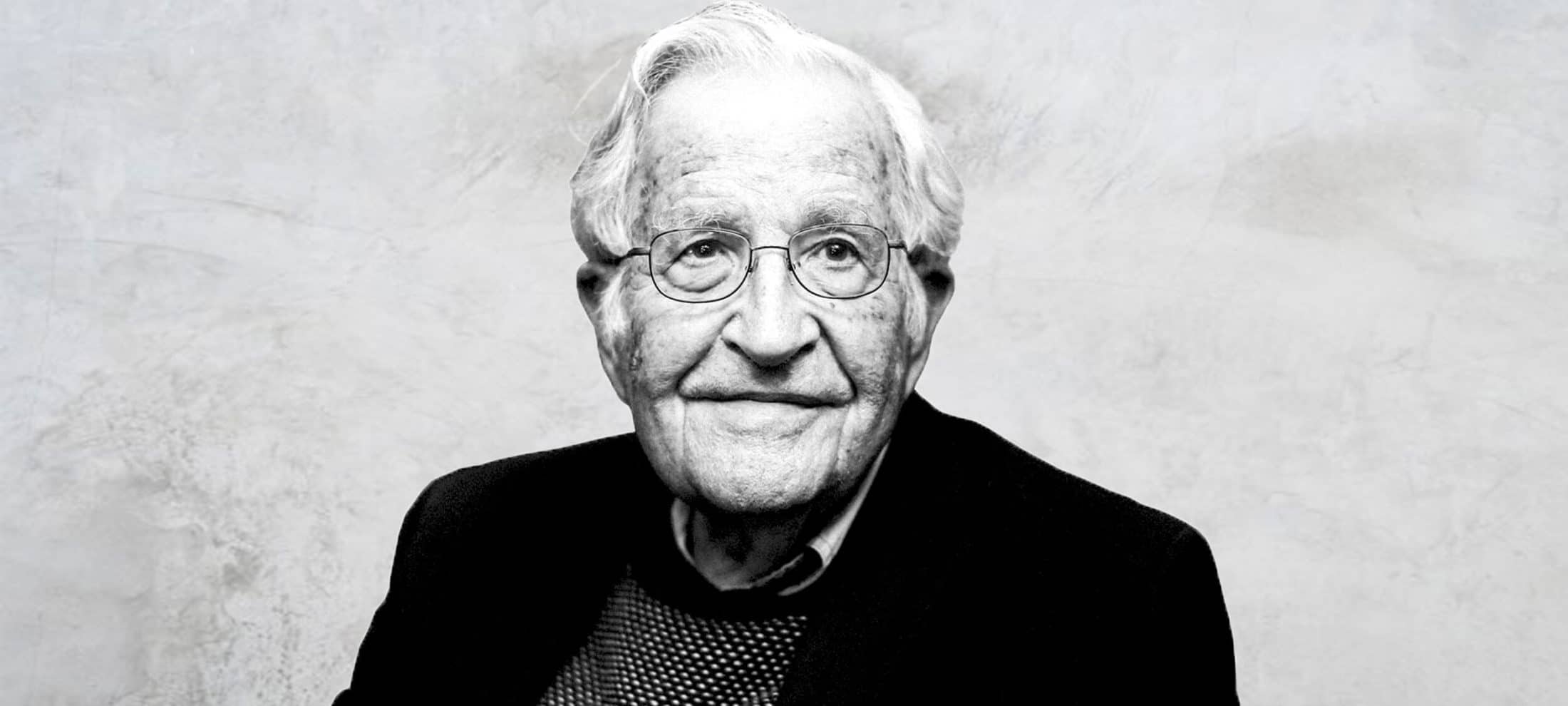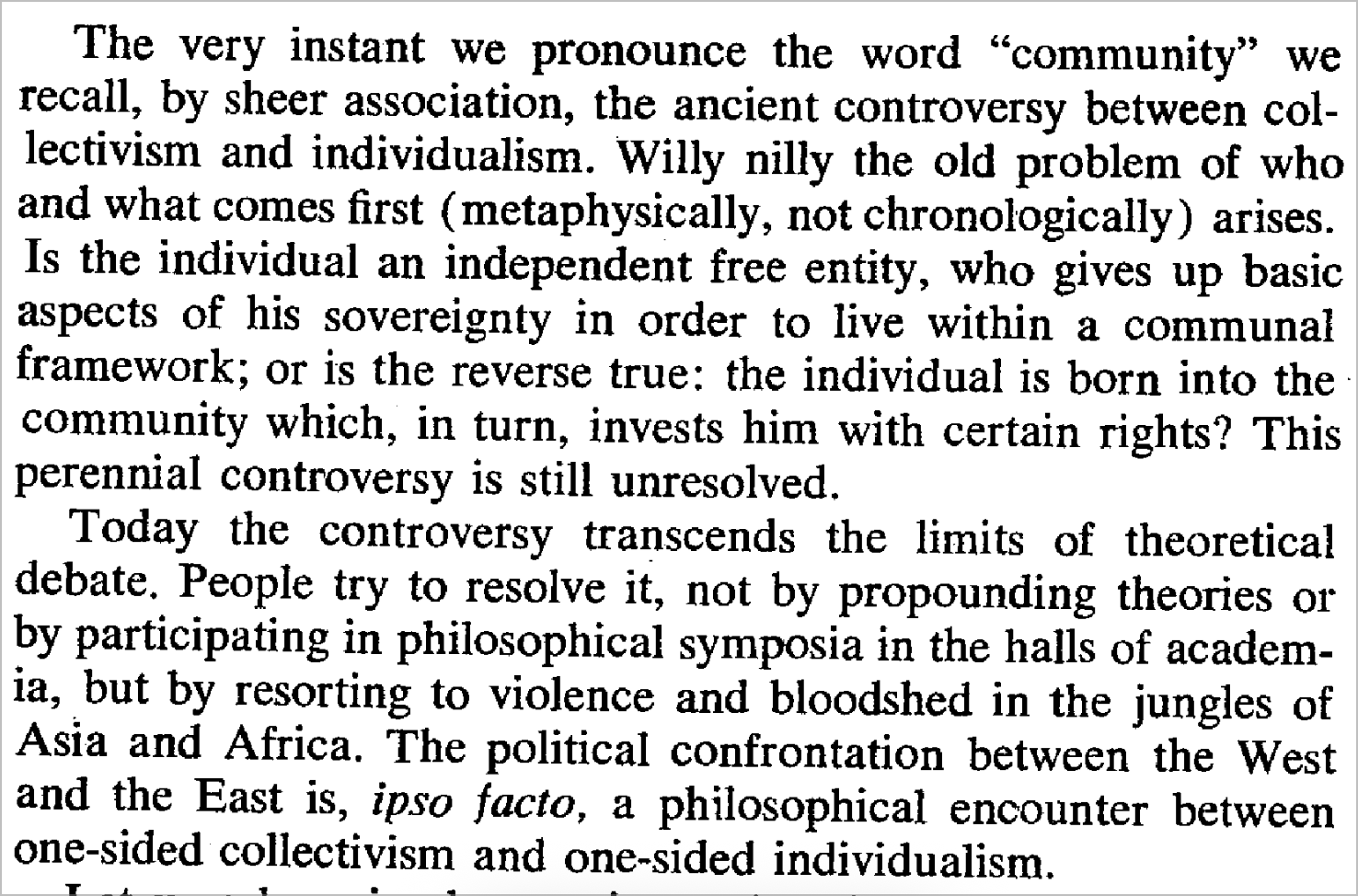



Article by
Sam Millunchick
Posted on
October 3, 2025
Article by
Sam Millunchick
Posted on
October 3, 2025
World-class presentations come down to five disciplines—know your why, focus on one idea, speak plainly, avoid slides, and turn everything into story.
One of my clients is a principal at a investment fund in London. Once a month she presents to the other departments in the fund - what's happening in the markets, their thesis about what's happening, etc. One of the main things we were set to work on together was improving these presentations. She was getting consistently mediocre feedback from her boss, with lots of instruction to tighten the story, to make it more cohesive.
Naturally, this was where she wanted to start - with the storytelling.
But being a contrarian guy, I wasn't going to let us just default to the easy, or indeed apparent, answer. I asked her a more fundamental question, one that I ask all my clients when we're working on presentations, and one that, if you answer it honestly, will instantly improve all your communication.
It's such a simple question, but I've not yet been on a call with an exec that's had a straight answer to this question. Whether it's the CEO who's presenting in the community or one of the top brass at Invesco speaking on a panel, it's never a simple, straightforward answer.
Usually, they're speaking because they're expected to, because that's what someone asked them to do. That's a fine answer logistically, but it doesn't explain what the audience is expecting from you. Entertainment? Persuasion? Inspiration?
Starting with "why" isn't just for Simon Sinek groupies - it informs everything that comes after.
So back to our hero, the principal strategist. She's presenting and doesn't know why - what does she want them to do with what she's saying? What's important for them to know and why?
Suddenly, the storytelling takes care of itself, because when you clarify the why ("so they can make better decisions in their realms of expertise") and the what ("well, they probably need to know this about currencies and this other thing about the markets in general"), then suddenly the flow takes care of itself ("this is what happened, this is why it's relevant to you, here's what I want you to do/think about").
Stories with no plot (i.e. no "why"); same is true for presentations, or any public communication really.
First tip: clarify why you're speaking
Spoken word is much more powerful than written in many ways. It's richer and more vibrant — you can use the sound and music of your voice as another layer of meaning, the language of your body as a way to connect with the people in front of you and build rapport. But it has one major flaw — you can't rewind someone's live presentation.
When you're reading a book or paper, you have the luxury of dwelling on an idea for a moment (or an hour) if you don't understand it. If you're confused, you can go back and remind yourself of what was said previously. There's no pressure to understand immediately.
Not so with the spoken word.
With time moving in only one direction and ideas building on one another in a presentation, it's perilously easy to lose someone. A phone pings; a bird chirps; a mere daydream of a few seconds at the critical point — and the listener has missed the crucial point, the crescendo, the point you were counting on them groking.
To make matters worse, oftentimes when someone loses concentration, they're gone forever. If you lose someone to emails or busy work in a work presentation, they're not coming back. You may as well be talking to yourself in the bathroom mirror (except that at least there, you'd get the feedback of your own face).
This has all sorts of implications for your talk, from making sure it's interesting (duh!) to the way you structure it, to perhaps the most important point — say only one thing, and say it often.
We make the mistake of thinking that more time means that we can say more things. This is false. The best communication — be they talks, books, papers, whatever — can be boiled down to one simple, repeatable thesis. One takeaway.
An example, if you will: Range by David Epstein, is all about one simple idea: being a generalist is oftentimes preferable to being a specialist. Yes, he spends the whole book convincing you that this is true, and marshaling all sorts of facts, figures, stories and the like to convince you, but fundamentally, it's about one thing, over and over and over again.
The best keynotes are like this too; one message, repeated over and over again. Simon Sinek's original keynote that spawned his book "Start with Why" has hundreds of millions of views, and it's ultimately about only one thing: "start with why".
The way to do this effectively is to repeatedly weave your message throughout your talk. In addition to being memorable, giving people time to process what you're saying, and increasing familiarity with the message, it has one added benefit that we can point to in this context: if a person gets distracted, there are many onramps back into the talk. I don't need to wonder what was said because it's being repeated over and over. I can reengage without having missed the main point.
Second tip: Say only one thing, and say it often.
Being aware of the medium leads us to our third tip: speak plainly.
Think back to college, when you sat down with a tough paper or book, a steaming cup of coffee or tea beside you, warm glow of the library lamps settling you in for a study session. You'd devote serious thought and effort to understand those words, reading and rereading, attempting to parse the dense prose of the clueless academic who thinks that longer words means better writing.
It wasn't easy, it wasn't casual.
Now think to most work meetings, and how different your attitude and nervous system are. You're probably not relaxed, nor is this coffee for leisure — it's so that you function at all. Probably, you're in between meetings, and if not, you're thinking about the three other urgent things you have to get done.
So if someone gets up in front of you and starts talking like Joseph Soloveitchik, you're probably going to tune out, pronto.

So in addition to clarity of purpose and repetition, you need to speak in an easily understandable way. Make sure your sentences are concise and clear. Make sure that the logical flow is clear and easy to follow. Think: fewer flourishes, more clarity.
Here's a fun thing you can do to test what I'm saying:
"Colorless green ideas sleep furiously."
Slip it into conversation and watch what happens. This sentence isn't supposed to make sense; Chomsky made it up in the 50s as a way of showing how we can form nonsense sentences that are grammatically correct.
One study found that when it was inserted into 1:1 conversation (yes, ONE TO ONE), fully two thirds of people didn't pick up on it.
So we think our long-winded, convoluted, 𝘪𝘮𝘱𝘳𝘦𝘴𝘴𝘪𝘷𝘦 talks and presentations will move people, BUT THEY'RE NOT EVEN PAYING ATTENTION IN 1:1 CONVOS (sorry for screaming)!
Third tip: Speak plainly and clearly to be understood.
Slide decks are almost always useless for presentations.
This is because:
1. They're distracting
During a presentation, attention is EVERYTHING. It’s the only currency you have, and if you lose it, you may as well stop talking. This means that you have to do whatever you can to get and keep someone’s attention.
But what does a slide do?
Puts pictures in front of them! Immediately, they’re either focused on the words on the screen and not on you or on the images on the screen and not on you.
Either way, they're not focused on you.
2. They're cluttered
People throw everything and the kitchen sink into their decks.
It’s horrific.
Small writing, bad graphics, charts that are so convoluted only an economist could make heads or tails. So, in addition to being distracting, you’ve now put something ugly in front of your audience.
Distracting + Ugly = signal to disengage immediately
3. They're a crutch for the presenter
We’ve all been in those interminable talks where the presenter reads off the slides. They even read their own names off the slides!
Um, hello? This has been your name from birth. Get with the programme.
The slide deck often destroys the presenter's ability to riff on their domain expertise and can take a great presenter and turn them into a robot faster than you can say Will Smith. If the secret is connection to the audience, slides are the worst thing to foster that connection.
So when should you use a deck?
When you must show a particular piece of information or image and it can't be described in words.
You can’t describe it, you can’t talk about it. It has to be seen.
If this is the case, there’s one rule you MUST follow:
The image or graphic (chart, table, whatever) has to be THE ONLY THING on the slide.
It must be simple, clear and comprehensible. It MUST NOT confuse the audience — this is a sure way to make certain they get stuck on the slide and don’t move forward with you in the next parts of your presentation.
Remember the number one rule of presentations — make it as easy as possible for your audience to get what you're saying.
Tip number four: Don't use slides
We've all heard "I'm a data guy. Speak to me in numbers, not stories."
What that misses is that all numbers are stories. All data is story. Because story is simply "meaning." What does something mean. It doesn't have to start "once upon a time..." but it does have to place something in a web of meaning, so that we understand it.
Consider the difference between “90 percent survival” and “10 percent mortality.” Kahneman and Tversky pointed as far back as the 80s that though these are mathematically indistinguishable, they're psychologically worlds (and words) apart.
Every choice to present numbers is already a framing choice. Pretending otherwise is a fiction, one that makes you less persuasive, not more. The question is not whether to frame, but which frame to make visible.
The answer depends less on the figure itself than on the fears and appetites of the people staring at it.
Tip Five: make everything a story.
There's so much more that goes into making a truly-world class presentation, but follow these five tips and you'll be well on your way to becoming one of the best.
I'd love to know what tips and tricks you've found particularly effective in your life? Let me know!
Book a free 30-minute strategy session with me.
I guarantee it’ll be the most productive half-hour you've had in years. We’ll dig into your specific challenges and you’ll leave with actionable tips you can use right away.
In the startup world, the best communicator often wins. Make sure that's you.